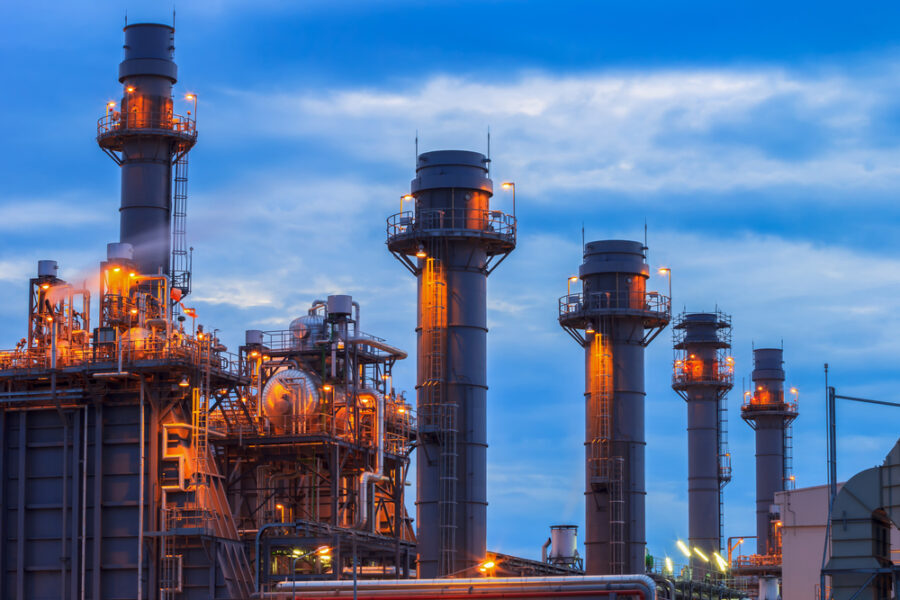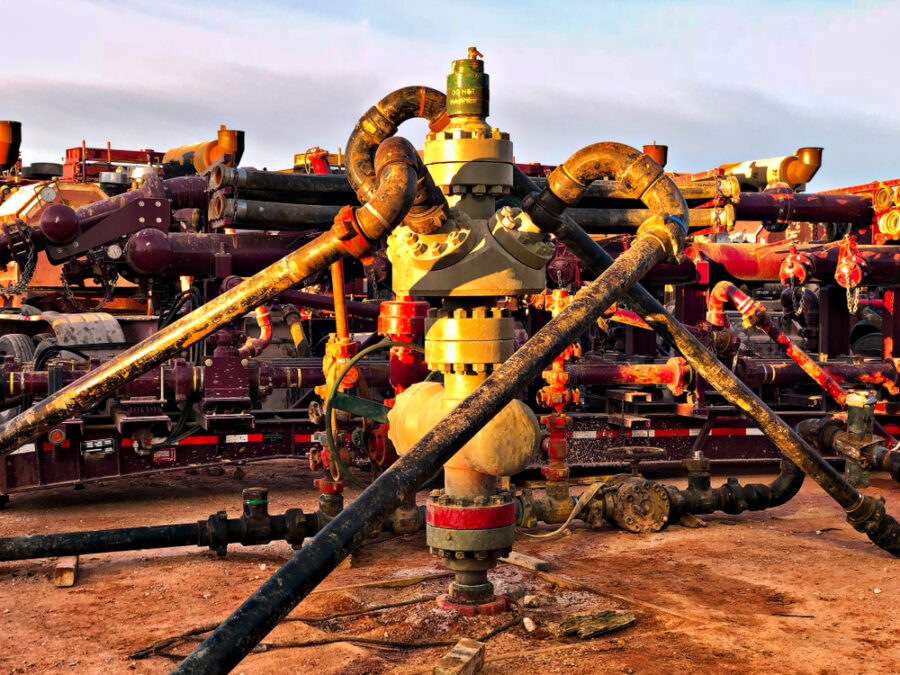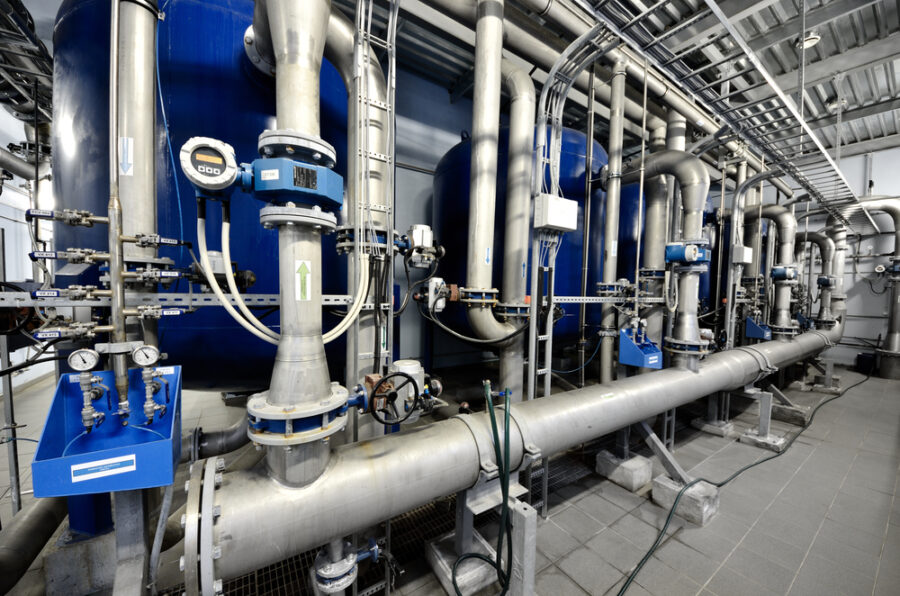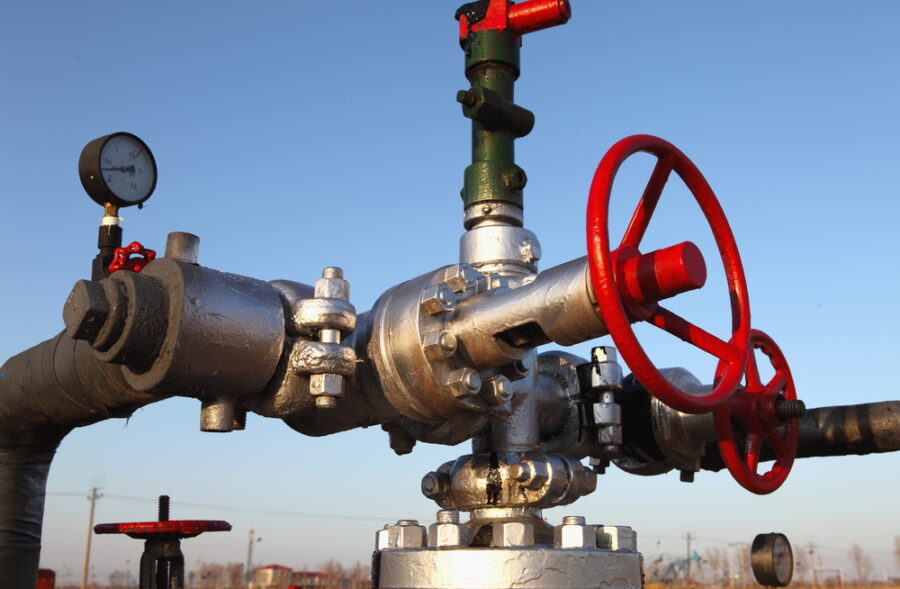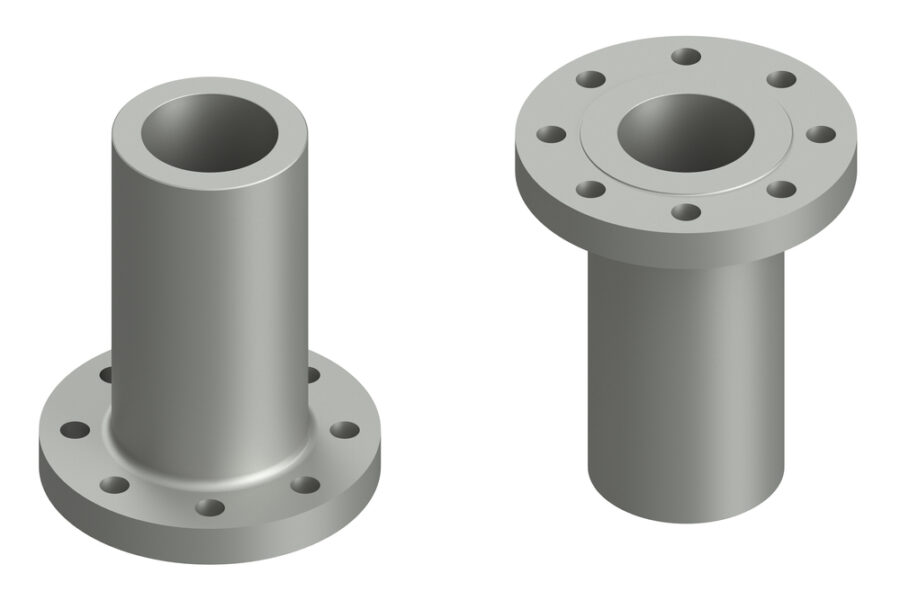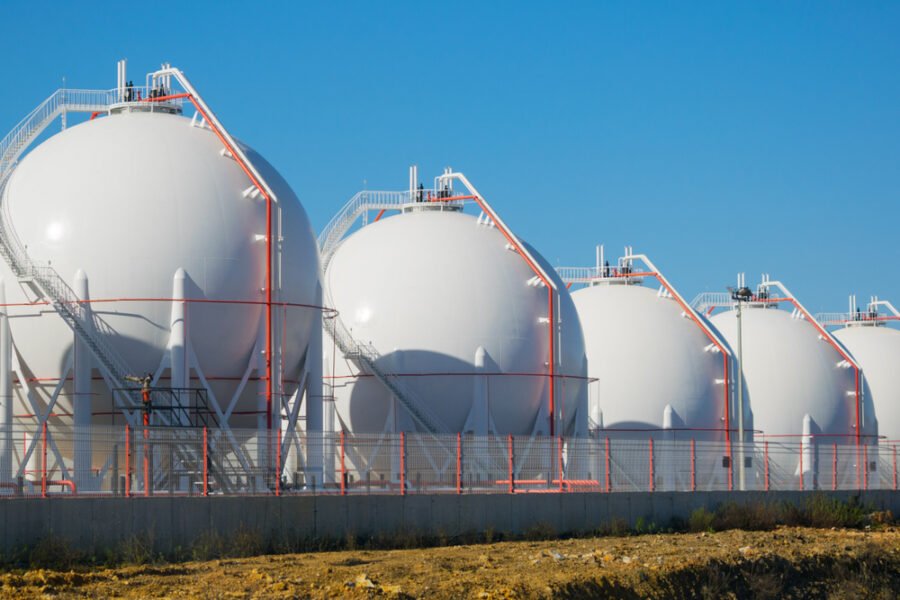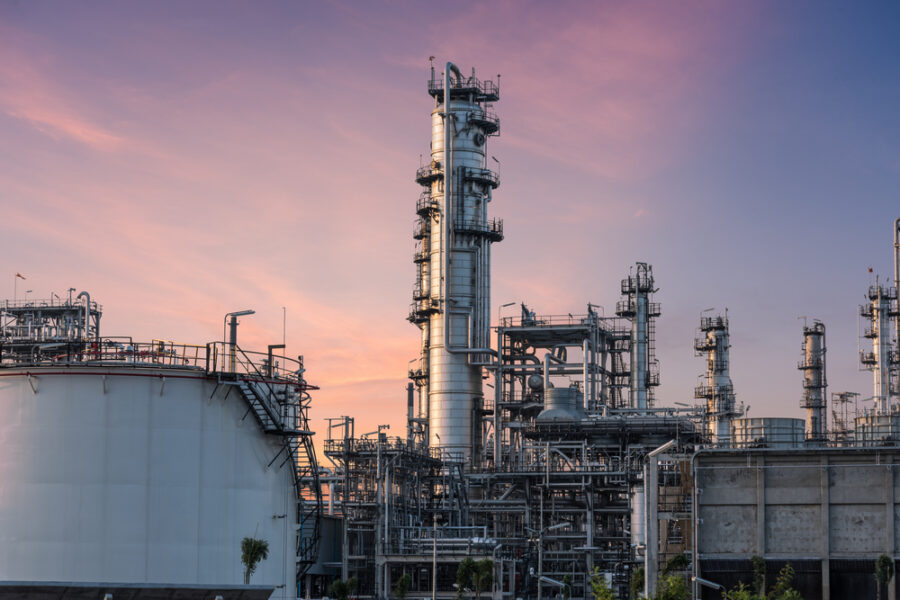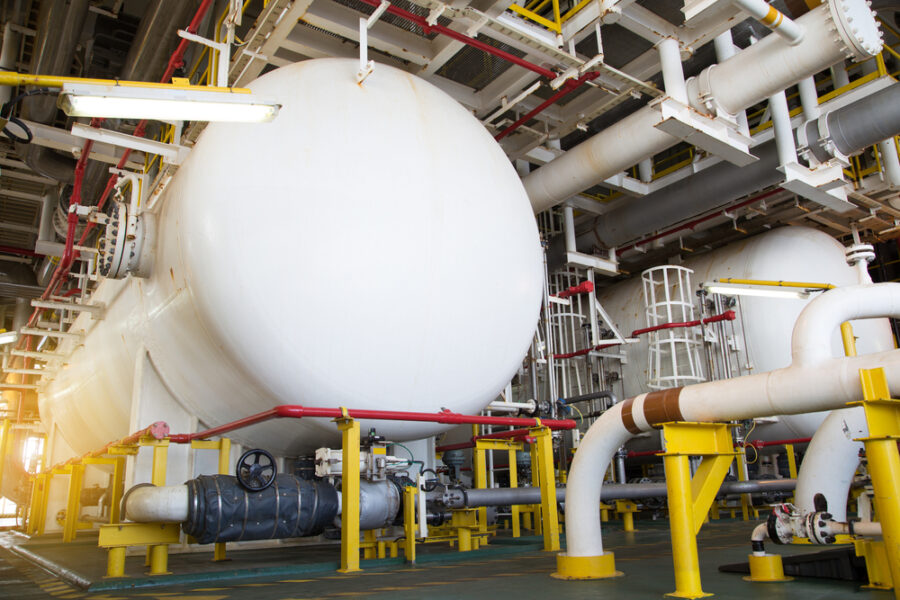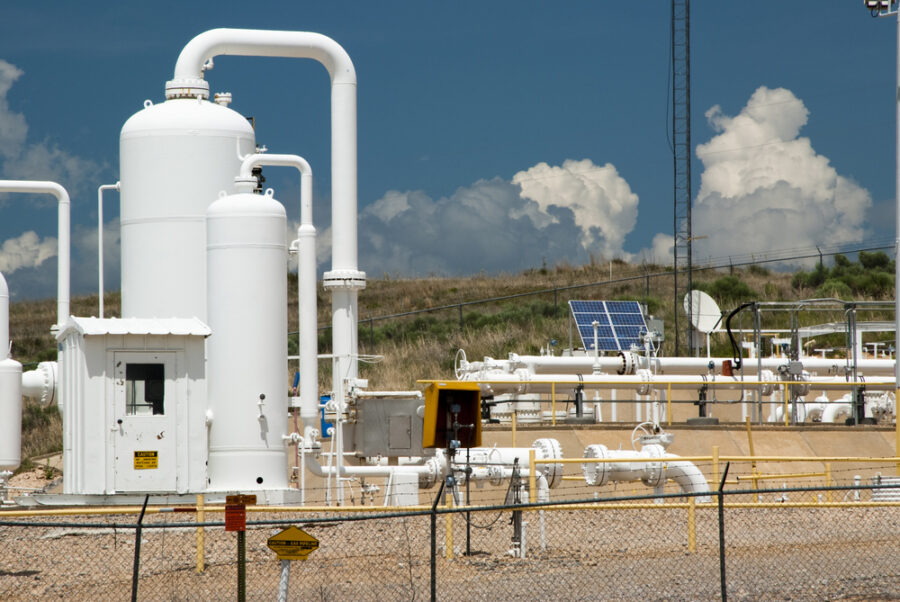What Are the Differences Between Coal-Fired Power Plants and Gas-Fired Power Plants?
Both coal-fired power plants and natural gas-fired power plants burn fossil fuels to produce energy. But what are some of the differences between them, and which are better overall? Here are some of the differences between them. Fuel Cost Despite the ecological disadvantages of using coal as a fuel source, it is still one of the cheapest ones available for …

